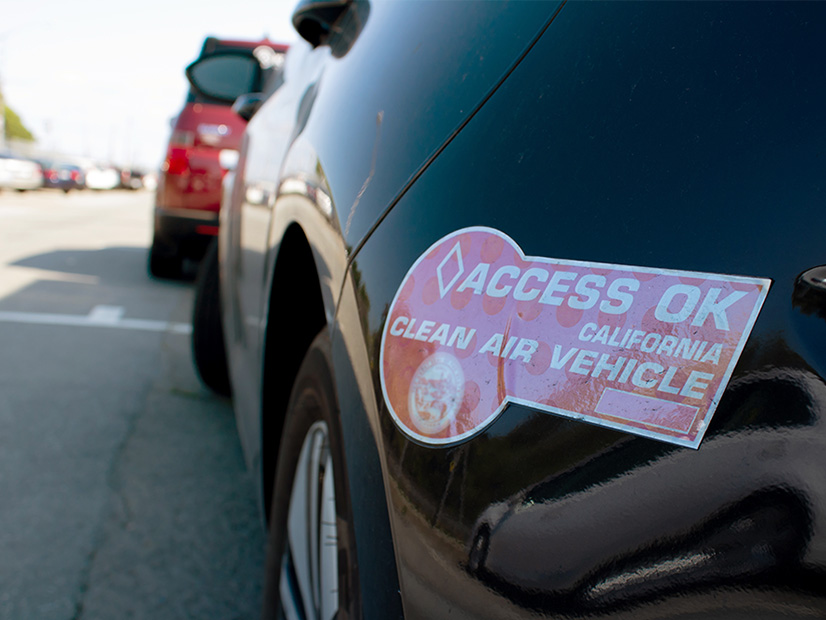California’s Clean Vehicle Rebate Project is rapidly running out of money, a situation caused, in part, by a faster-than-expected rebound in electric vehicle purchases during the COVID-19 pandemic, officials said last week.
Funding for the program will likely run out within the next 30 days, the California Air Resources Board (CARB) said in a news release April 14.
After the money is gone, people who submit a rebate application will be placed on a waitlist, the agency said. Rebates will be sent to eligible waitlist applicants when funds become available.
Renewed funding for CVRP will depend on the state budget process. CARB officials said during a public work group meeting Friday that they are working with the legislature and governor’s office and are confident that funding for CVRP will be identified.
CVRP was launched in 2010 and has issued more than $926 million to California car buyers for more than 405,750 new EVs. Almost 65% of EV owners in the state have received a CVRP rebate, CARB said.
A resident who buys or leases a new, eligible plug-in hybrid or zero-emission vehicle may receive a standard rebate of $1,000 to $4,500 through CVRP. An additional $2,500 rebate is available for low- or moderate-income households, defined as those at or below 400% of the federal poverty level.
“Almost two-thirds of current EV owners have taken advantage of this program, and it’s a key driver of the EV market,” CARB Executive Officer Richard Corey said in last week’s news release. “More importantly, the demand for EVs, particularly by lower income consumers, continues to grow, clearly demonstrating that there is a broad range of models of EVs available today to meet all consumer needs.”
CARB officials were expecting the current round of CVRP funding to last longer due to the economic slowdown caused by the COVID-19 pandemic, said Lisa Macumber, a manager in CARB’s Mobile Source Control Division.
But after a dip in CVRP applications at the start of the pandemic, applications started bouncing back, Macumber said during Friday’s meeting.
“I for one have been very surprised that it rebounded as quickly as it did, but I’m glad,” Macumber said. “I think this is really promising for the EV market. We see this as a really good thing.”
As of Tuesday afternoon, there was about $5 million in general funding remaining for rebates and $4.5 million reserved for the increased rebates available to low- and moderate-income car buyers, according to a website that shows funding status of the CVRP program in real time.
Money in the general funding category may be shifted to the low-to-moderate income category if those funds run out, the website said.
Funds could run out sooner than the projected 30 days because word is out about the limited funding, CARB officials said during Friday’s work group meeting.
Eileen Tutt, executive director of the California Electric Transportation Coalition, said the CVRP is one of the most effective incentive programs in the U.S. Stopping the program would hurt the EV market not just in California, but in other states that look to California as an example, she said.
And California still has far to go to reach its EV goals, Tutt said. Former Gov. Jerry Brown in 2018 set a target of putting 5 million zero-emission vehicles on the road by 2030.
“It’s particularly important right now, because we have a whole lot … of new models coming out that appeal to a different group of folks that may be considering an EV,” Tutt said. “So when you take away the incentive, I just think you could really harm those that are on the fence.”





